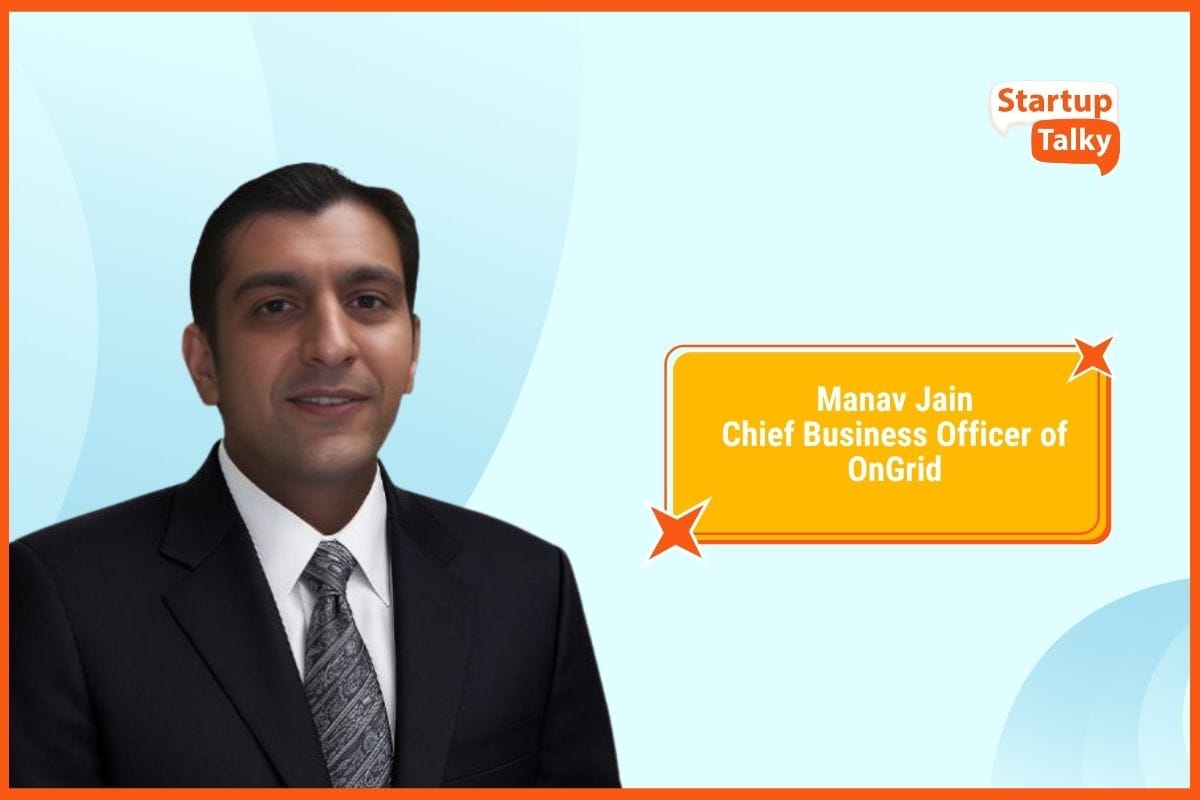How to Tell Stories as a Brand: Embrace the Power of Storytelling
✍️ Opinions
This article has been contributed by Gaurav Bhagat, Founder, Gaurav Bhagat Academy.
Did you ever see the 1994 Cadbury’s dairy milk ad “Kuch Khas Hain” which featured the model Shimona Rashi dancing onto the cricket field after her boyfriend hit the winning runs, perhaps you caught the 2021 remake. Both connected and at least made me reach for the refrigerator and look for Dairy milk. The only difference was that in 1994 it was my mother who was giving me dirty looks and in 2021 it was my wife.
There is an age-old saying that has held true through the ages "Facts tell but stories sell". Think about that for a second, facts are informative, but stories are 10 times more persuasive. The reason is obvious, stories can connect with people on an emotional level, and facts can sometimes be dry and boring. When you tell a story, you create a connection with your audience and make them feel something. This will make them more likely to remember your message and take action. As the custodian of a brand isn’t that what you want? Good advertisers and storytellers understand this and make the most of this. In this article, Gaurav Bhagat hopes to share some insights that can help you do the same.
Things to Keep in Mind When Crafting Your Brand Story
Numerous studies conducted by researchers around the world found that when people hear a story, their brains activate the same areas that are activated when they experience the events in the story themselves. This suggests that stories can create a memorable experience for the listener, which can help them connect with the story and the brand it represents on a deeper level.
So, yes, stories can be powerful, but one should be mindful of some of the pitfalls and things to keep in mind when crafting your story.
- Make sure your stories are relevant to your audience. It's critical to focus on the customer and not yourself. While the story can get them to like you, do focus on their needs and interests first. Else they’ll switch off.
- Keep your stories short and to the point. Depending on the platform of delivery, you may have as little as 7 seconds in a couple of minutes. Make it count.
- Use language that paints a picture, some would call this a “technicolor introduction”. Our objective has to be to paint a vivid picture and get them to be in it.
- Make sure your stories have a clear message, and if they end with a call to action, then that is even better.
- Make sure your story is authentic, there is nothing worse than telling a story that is exaggerated and will make you seem inauthentic. In the world we live in today, just know that you’re speaking to an educated audience, and they can spot a fake when they see one. Sure, your story may not be a blockbuster, but you will move the needle with the truth.
- Not being creative. If your storytelling is boring and predictable, people are going to tune out. Get creative with your storytelling and find ways to make it interesting and engaging.
- Consistency is key. If your storytelling is inconsistent, people will get confused, and the message will be lost. Make sure your stories are all aligned with your brand values and end goal.
If you want to be a good storyteller and create memorable campaigns, here are a few suggestions. Understand your end audience’s "WHY", like why should they care, why should they listen in, and why should they act? So simply put the why is their purpose and motivation to act.
Key Variables for Understanding the Audience's Purpose
The 5 variables Gaurav uses as a coach and consultant to understand the audience’s purpose could be summed up using the acronym S.P.A.C.E.
S: Safety and Security, it’s a big one. Think about Saffola ads that talk about good health or Havells when they talk about fire-retardant wires.
P: Performance, any luxury car maker has used this one. It’s a big motivator. Even Boost as a drink has capitalized on this one big time.
A: Appearance, think cosmetics, the beauty industry, clothing. They all use this brilliantly.
C: Culture, is a powerful one, many are driven to action because they relate to the culture of an organization that is behind the product or service. Think Tata Group and tell me what comes to your mind.
E: Economics, in this context, refers to showcasing value rather than simply being the cheapest. Everyone remembers the Maruti campaign of “Kitna deti hain” or the Sikh boy playing with his dinky car and when questioned by his father, replies “petrol khatam hi nahi hunda”.
Great storytelling is an art, but it’s also a skill that can be honed. The best way will be to just get out there and get started, do your research, and use the template above to see what will resonate with your audience. Put yourself in their shoes, and vice versa. Start by creating the story outline and asking those in your inner circle for feedback. Once you’ve done that, take it to people who don’t really know you that well and eventually even to complete strangers.
In conclusion, don't be afraid to experiment with different techniques and styles. The more you practice, the better you will become at telling stories, and who knows, one day even your brand and your story will go down in history as one of the greats.

Must have tools for startups - Recommended by StartupTalky
- Convert Visitors into Leads- SeizeLead
- Website Builder SquareSpace
- Manage your business Smoothly Google Business Suite






